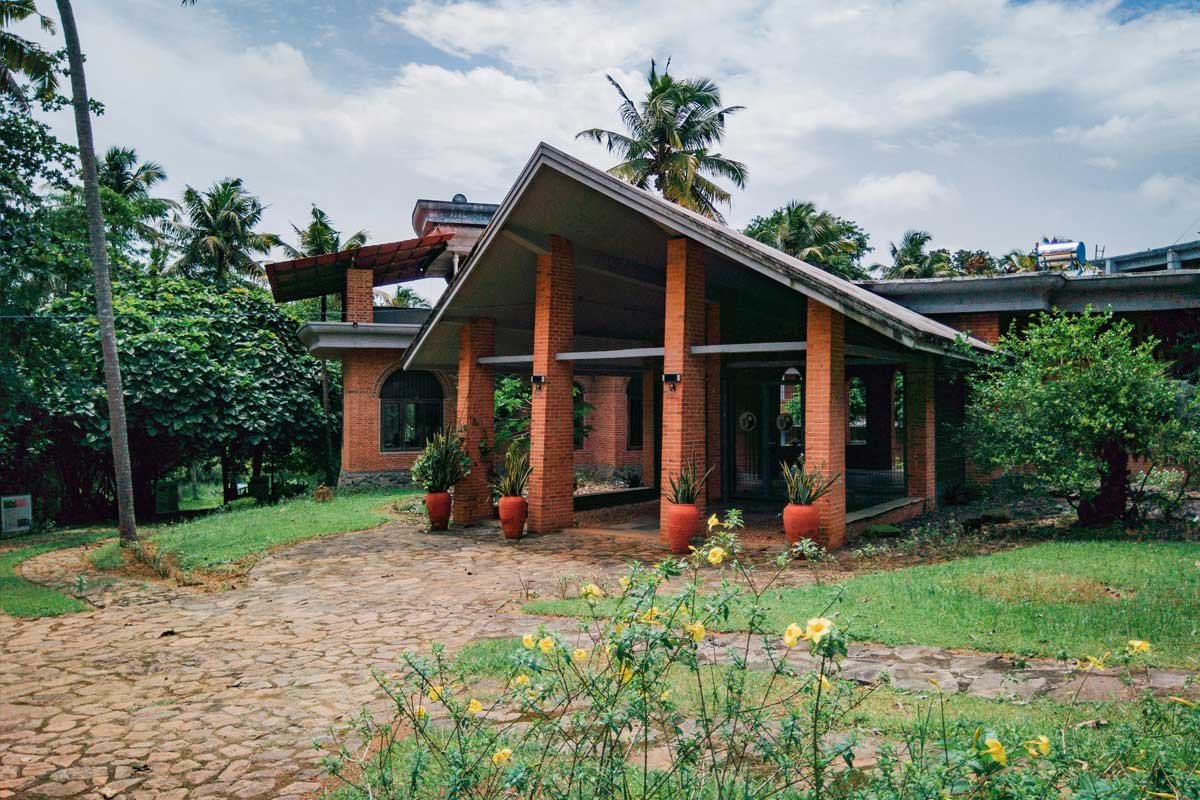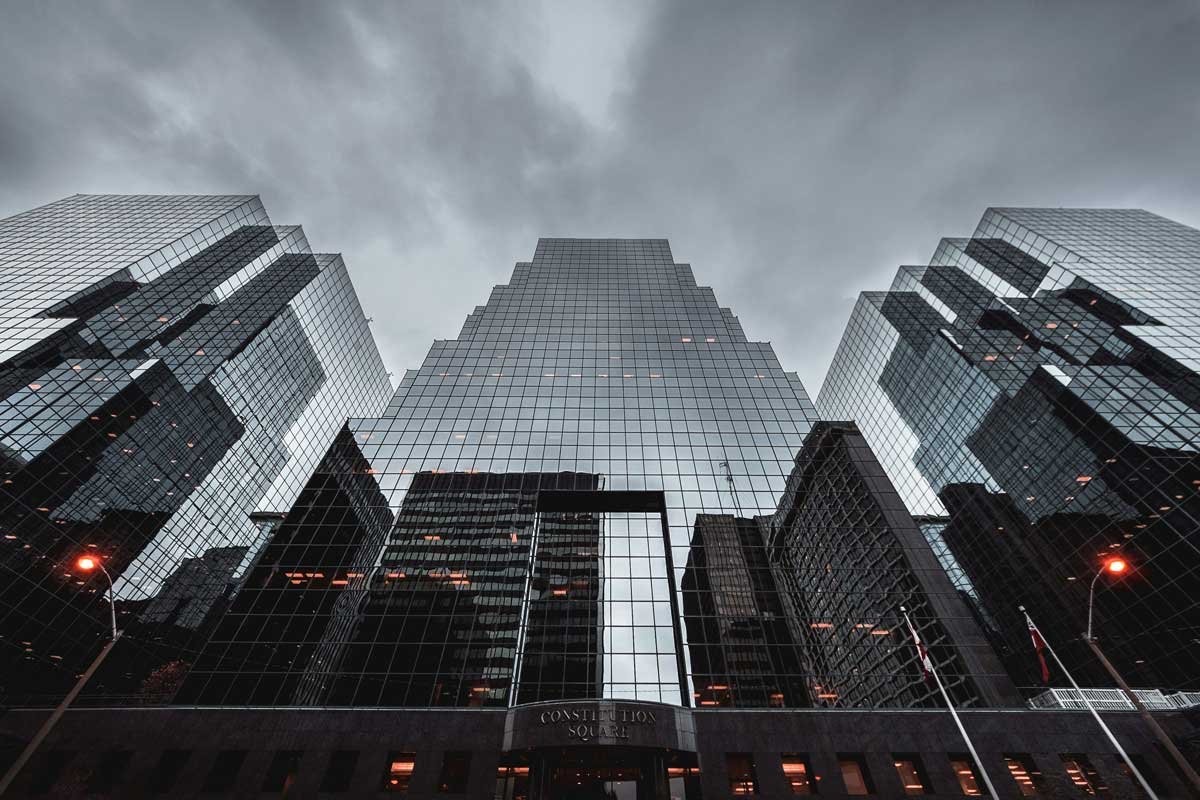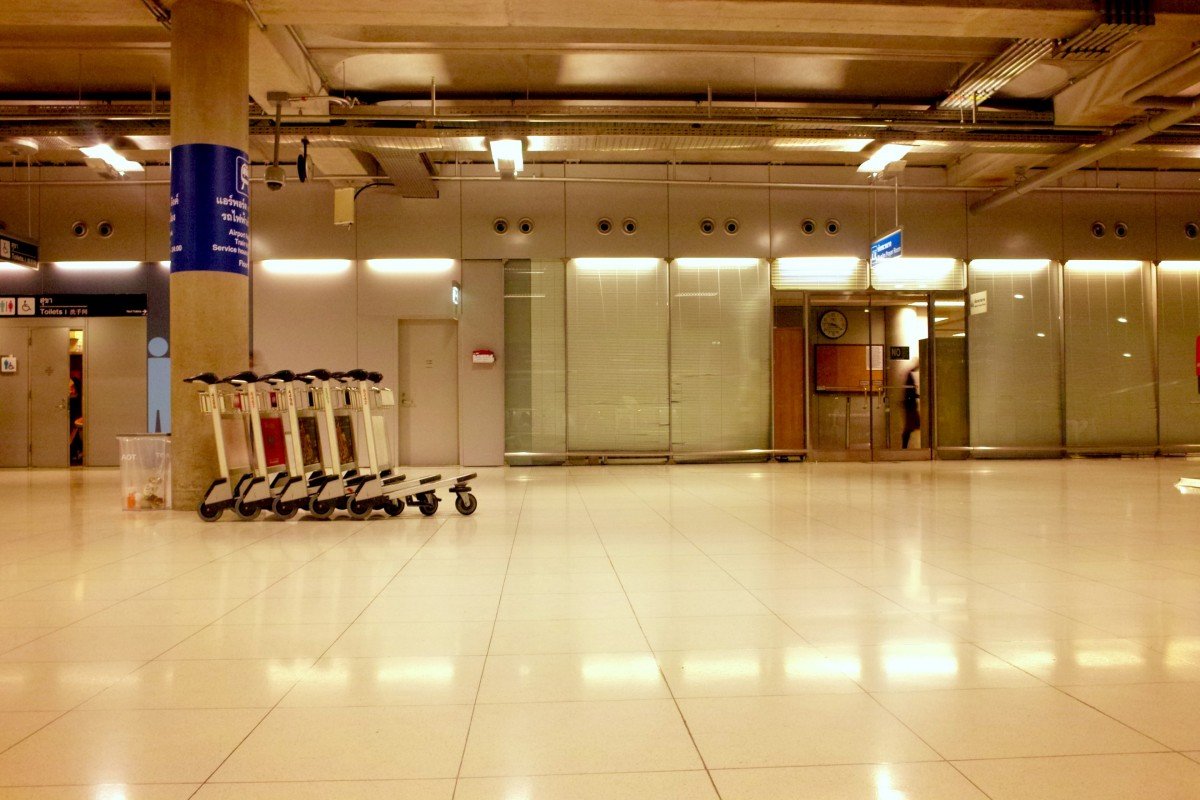Unveiling the Secrets Behind Iconic Architectural Landmarks
Have you ever paused to marvel at the carefully crafted skyline of a city or the secrets behind the rich architectural landmarks and history embedded within its buildings? If you have, then have you ever wondered about the minds and hands that tirelessly worked behind the scenes to turn those architectural dreams into realities? This blog post aims to take you on a stimulating journey where we explore the significant role of architects – the unsung heroes of sustainable urban communities.
Aptly coined as ‘eco-warriors’, architects nowadays play a pioneering role in creating and fostering sustainable communities. Undergoing a crucial evolution, architecture is no longer just about designing attractive buildings but also about marrying aesthetics with environment-friendly design solutions. Today, our focus is more than ever on understanding the comprehensive role architects play in building eco-friendly urban societies. So, shall we delve into this insightful exploration of the secrets behind the Architectural Landmarks, dear readers?
Architects: The Masterminds Behind Sustainability of Architectural Landmarks
Architecture is typically seen as the practice of crafting beautiful and efficient buildings. However, in this era of growing environmental concerns, an architect’s role goes far beyond designing pretty facades. Their role now encompasses creating structures that are not just visually appealing but are also cognizant of energy efficiency, environmental conservation, and sustainable living.
Architects often work in close harmony with urban planners and engineers, aiming to craft communities that sync smoothly with the environment. They understand that every decision they make can significantly impact energy consumption, water efficiency, and waste production, amongst several other aspects connected to sustainability.
Architects also play the role of educators, informing clients and the public about sustainability principles and benefits. By promoting green living and conservation, they act as instrumental agents in the transition towards an eco-friendlier society.
Why Sustainable Architecture is the Need of the Hour

With the rapid urbanization and the resulting strain on our planet’s resources, there is an urgent need to design buildings and communities that prioritize sustainability. In addition to meeting the aesthetic criteria, the modern architect is tasked with delivering solutions that minimize negative environmental impact and create a healthy, productive living environment.
Architects are now required to understand renewable energy sources, water management systems, and efficient building techniques. They integrate these principles into their designs, promoting energy conservation, reducing pollution, and ensuring the longevity of these structures.
In all, the aim is to strike a balance between human needs and natural resources, a feat that is critical in preserving our planet for future generations.
Building Eco-friendly Homes: The Architect’s Approach
One of the many challenges architects face today is the creation of eco-friendly homes. Green living promotes the conservation of resources and aims to reduce the carbon footprint associated with traditional housing.
Therefore, architects have started incorporating elements such as solar panels, rainwater harvesting systems, and energy-efficient appliances in houses. They also focus on using sustainable building materials, added insulation to enhance energy efficiency and incorporating natural lighting.
By thoughtfully designing these features into homes, architects are not only creating beautiful structures but also contributing to preserving the environment.
The Challenges Ahead: A Healthy Dose of Reality
While it’s all well and good to discuss the importance of sustainable architecture, we should also acknowledge the challenges it faces. There is often a lack of understanding and support for these initiatives among consumers, as green buildings often come at a higher initial cost.
Just as critical is the limited awareness and understanding of sustainability principles among many architects. Without appropriate knowledge and commitment from architects, it becomes increasingly difficult to spread the concept and benefits of sustainable built environments.
Old is Gold: Ancient Architectural Styles
If we start at the beginning, pyramids, temples, and amphitheatres define the crux of ancient architecture. Civilizations like the Mesopotamians, Egyptians, Greeks, and Romans engraved their mark on the sands of time with structures that melded functionality with aesthetics. Decades and even centuries later, their achievements are unparalleled, and their influence resounds through modern designs.
Middle Ages: The Medieval Architectural Exodus
While the fall of the Roman Empire brought with it the demise of the classic architectural era, the Middle Ages ushered in its unique styles – Romanesque, Byzantine, and the famous Gothic architecture. Stone was the flavour of the season, and a captivating aspect was the emphasis on verticality, with structures reaching for heights unknown.
The era not only gave us architectural innovation but also demonstrated how political power, religious ideologies, and socio-economic conditions are reflected in architectural forms.
The Renaissance Era: The Classical Rebirth
Just as art and science witnessed a revival during the Renaissance, architecture too saw a transformation. The years between the 15th and 17th centuries favoured geometric proportionality, symmetry, and balance. Taking inspiration from Ancient Greek and Roman architecture, structures were prevalent with domes, columns, and arches.
Modern and Postmodern Architectural Styles
Fast forward to the 20th century, we entered the era of Modernism and Post-modernism. Architects pursued ‘form follows function,’ replacing ornate details with clean lines, new materials like concrete and steel, and a play of light and shadow. Structures like Le Corbusier’s Villa Savoye and Mies van der Rohe’s Barcelona Pavilion revolutionized architecture with their minimalistic design and technological innovation.
Futuristic Architecture: Building the Unseen
As we step into the future, the secrets behind architectural landmarks and styles are continuously transforming, shaped by advances in technology, green design principles, speculation, and vision. Futuristic architecture pushes the boundaries of possibility, designing for sustainability, ergonomics, and aesthetics.
The Future of Sustainable Communities
As architects continue to refine their understanding and application of sustainability principles, the future of sustainable communities appears bright. There’s a gradual shift from conventional design approaches to more innovative, sustainable architectural practices.
However, sustainable architecture is not just about the buildings or the environment. With increasing awareness and support from the public, architects would be equipped better to fulfil their crucial role of creating a greener, healthier, and more sustainable world.
Conclusion
If we wish to see a future with healthier communities and a planet that thrives, sustainability must be front and centre in architecture. Architects play a pivotal role in propelling us toward this future. However, this transition isn’t a one-man job. It requires the combined efforts of architects, builders, and above all, the support and understanding of the masses.
As we wrap up, it becomes imperative to stress once more that the key to a sustainable future lies in our own hands. Whether as consumers or as creators, we all have a part to play. It’s time we take it upon ourselves to live responsibly and build communities that respect and cherish the environment.
So, the next time you marvel at the secrets behind architectural landmarks, and wonder spread across the skyline, know that there’s more to it than meets the eye!





